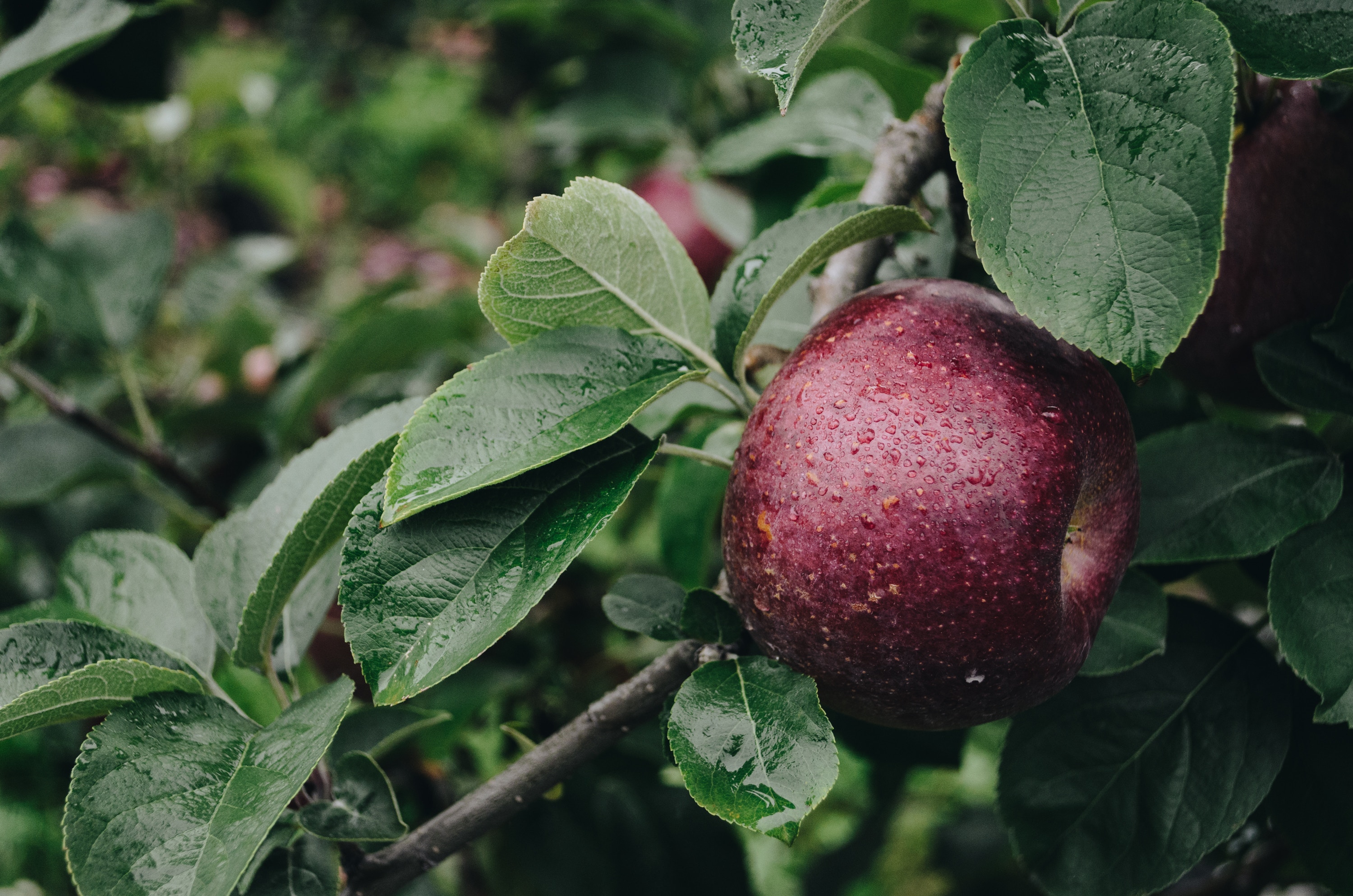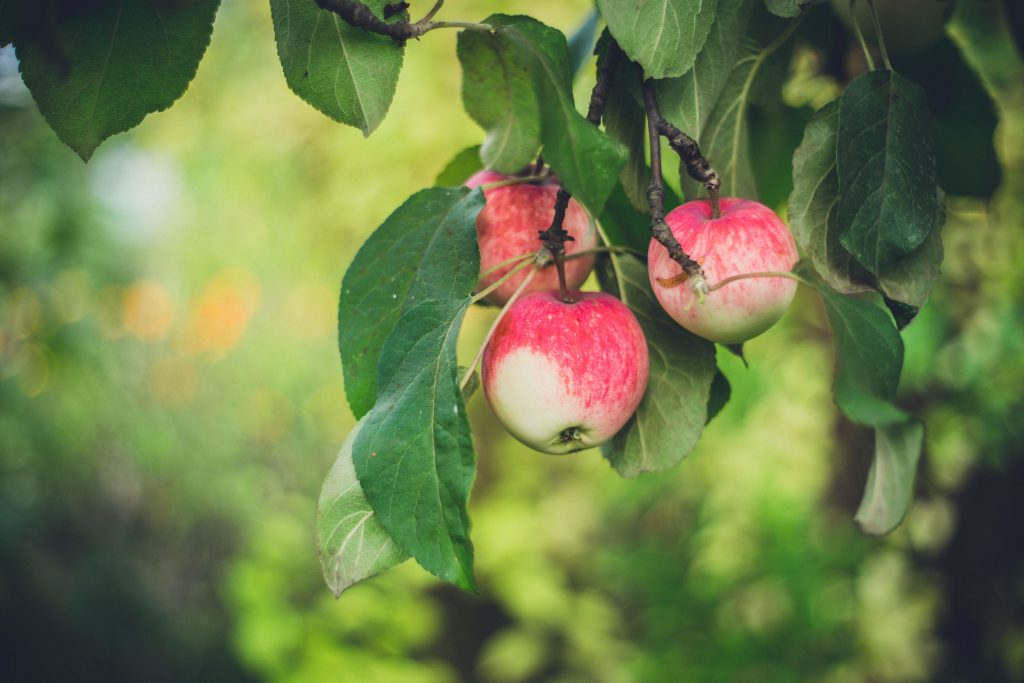As the seasons change and nighttime temperatures fall, it’s tempting to forget about the outdoors and begin to nest indoors. We love to invest lots of energy into creating beautiful interior spaces, Fall is a fantastic season to create, supplement or renovate exterior landscapes.
The cooling air temperatures send a message to plants that it’s time to start going dormant because winter is coming. Plants steer their energy from leaf production, flowering and fruiting, into root growth and fortification. Since the soil temperatures stay warm longer than the air, it’s an ideal time for root development. Trees, shrubs and perennials planted this time of year will establish a strong root system and be prepared to flourish come spring.
5 Steps To Successful Fall Planting
1. Watch the weather and make a fall planting plan
Just like in summer, new plantings are tender, and harsh weather can lead to failure. Try to plant in the morning, and avoid planting when daytime temperatures are supposed to be high. Overcast days are best, as humidity tends to be higher and the sun won’t zap the leaves of your new plants.
September is the time to plan, and late September through mid November is your ideal window for planting. Take this time to visit nurseries (many of which have fall sales) to collect your specimens. Spend time in your yard and garden to identify the best places for planting. What’s your sun exposure like, and what do each of your new plants require? Drawing a map and making a detailed planting plan before begging ensures every plant gets what it needs.
2 . “Mud in” your new fall plantings and mulch over perennials
Place each new planting in its hole, and water two or three times before you start adding soil (ideally a mix of fresh dirt and compost). Once you’ve completely buried your new plant, water again a few times to get the soil nice and saturated. This helps rid the soil of any air pockets, which aids in overwintering.
A bit later in fall as they begin to die back, give your perennials a good mulching over with a nice thick layer of mulch. This further insulates them from the winter and ensures that they’ll come back healthy next spring.
3 . Get your veggies
Don’t abandon that veggie patch! Short-season, cool weather crops are great for fall planting. Plus, waiting to harvest root vegetables until mid-late fall makes them taste sweeter. It’s true. Some of our favorites for early September planting are radishes, heirloom lettuces, spinach and rainbow chard.
4. Don’t forget the bulbs
Spring-blooming bulbs need a cool dormancy period in order to thrive and produce in the spring – making it essential to include them on your fall planting plan. Since bulbs are among the first plants to come up and bloom in the spring, we suggest putting bulbs along borders, and in places where they’ll get a lot of attention.
5 . Think big
If you’ve ever lost a tree, you might be hesitant to make the investment in your landscape – especially since, as plants shed their leaves and perennials die back (in the case of deciduous plants), you won’t have the immediate gratification that you’d have in spring or summer. Put the time to plant trees and shrubs is in fall, so that you can reap the benefits come next summer. Success rates are much higher this time of year and maintenance required is lower (since the rain and cool temperatures keep roots moist), and so this is a great time to invest in your landscape.
Dream big! Imagine all of the possibilities if you follow through with fall planting – harvesting fruit trees, shading under a conifer, cutting your own gorgeous flowers.


